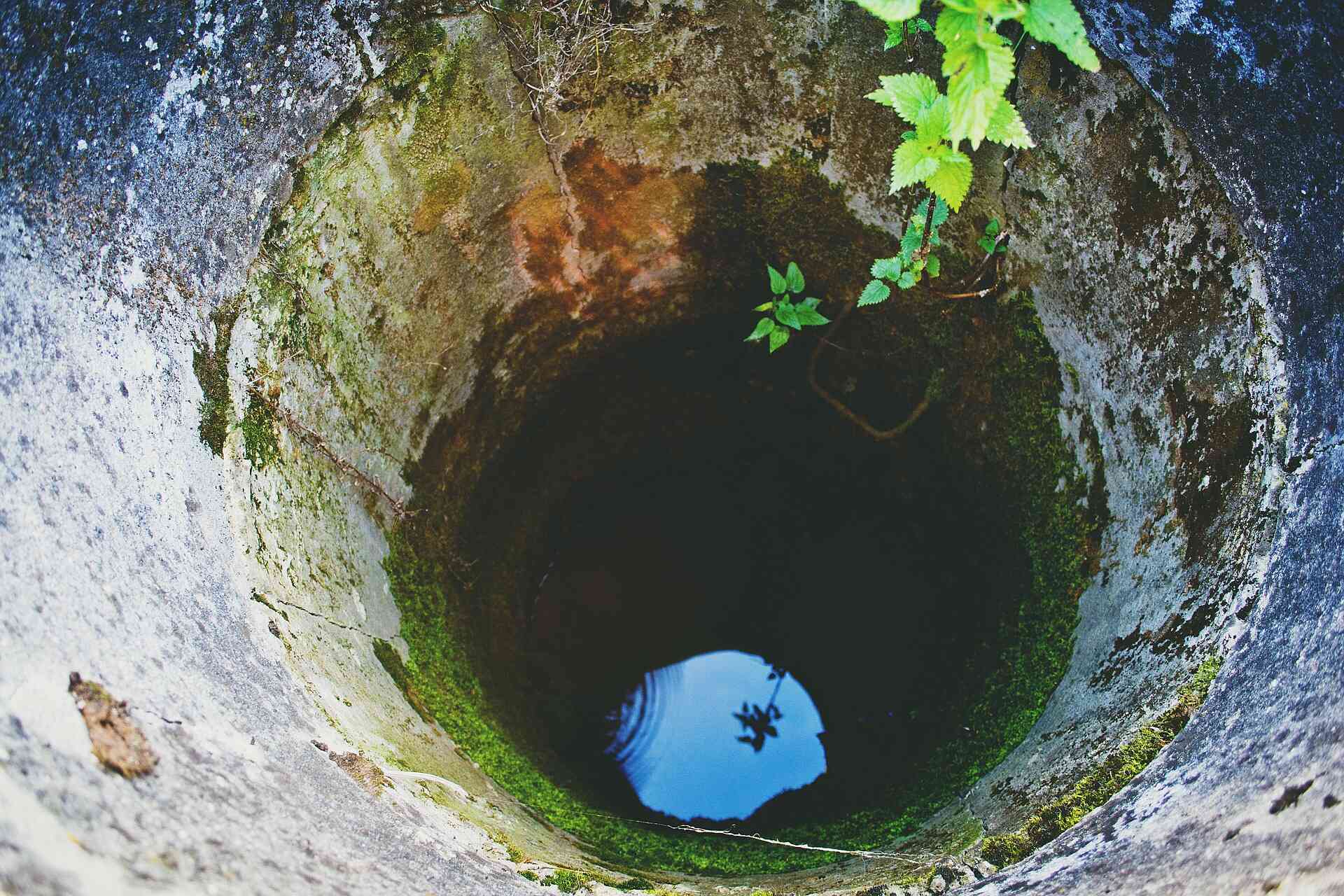New analysis of roughly 39 million groundwater wells around the world, including in New Zealand, sheds light on just how many run the risk of running dry.
US researchers found that between 6 to 20 per cent are shallow enough that they may run dry if groundwater levels dip by only a few metres. New Zealand records were cited as a significant contributor to the large dataset.
The SMC asked experts to comment on this research.
Abby Matthews, Groundwater Scientist for the Regional Sector, comments:
“This study highlights that globally, shallow groundwater wells are becoming increasingly vulnerable to seasonal fluctuations in the water table, particularly in areas where water levels are declining. While these findings may be somewhat unsurprising, the study highlights the importance of understanding long-term changes in groundwater levels, and ensuring wells are designed and constructed to accommodate changes in groundwater levels over time.
“With much of our attention in recent years focussing on the health of surface water bodies such as rivers and lakes, our knowledge of groundwater systems and processes is quite limited in comparison. Water drawn from shallow wells can deplete the amount of groundwater flowing into surface water bodies such as rivers and lakes, so it’s important that we give due consideration to groundwater when making decisions about how we look after freshwater more broadly.
“One of the key recommendations of the study is the need for more countries to establish long-term groundwater monitoring programmes and ensure data and information collected are publicly accessible. It’s pleasing to see that the authors have drawn on the breadth of groundwater level time series and well construction data available in New Zealand to inform this global study. Groundwater monitoring has been widely carried out by regional councils in New Zealand since at least the early 1990s. Much of this information is shared publicly via the Land, Air, Water Aotearoa (LAWA) website, a collaboration between regional councils, unitary authorities and partners to make environmental data more accessible.
“While New Zealanders have invested in the collection of information about groundwater levels, to manage the use of groundwater appropriately, we need to be able to better quantify the volume, quality and availability of water stored in groundwater aquifers. We also need to know how much water is being taken for uses such as irrigation, stock water, industry and public supplies. Measuring water use also helps us ensure that water takes are not exceeding the limits that have been established to protect groundwater supplies and waterbodies that rely on groundwater, such as rivers, streams and lakes. National regulations, amended in 2020, require the measurement and reporting of any water takes that are more than 5 litres per second, and are phased in from September 2022 to 2026.
“Globally, population growth and climate change will continue to place significant pressure on freshwater. We need to develop a better understanding of any potential impacts to help inform future policy development through improved data collection, and develop management tools to respond appropriately. As identified by the authors, shallow groundwater wells are not only more vulnerable to fluctuating water levels but are generally more susceptible to contamination. This will be an important consideration for councils and communities as they work through the requirements of the revised National Policy Statement for Freshwater Management 2020.”
Conflict of interest statement: I am currently transitioning between roles with Horizons Regional Council and Taranaki Regional Council.
